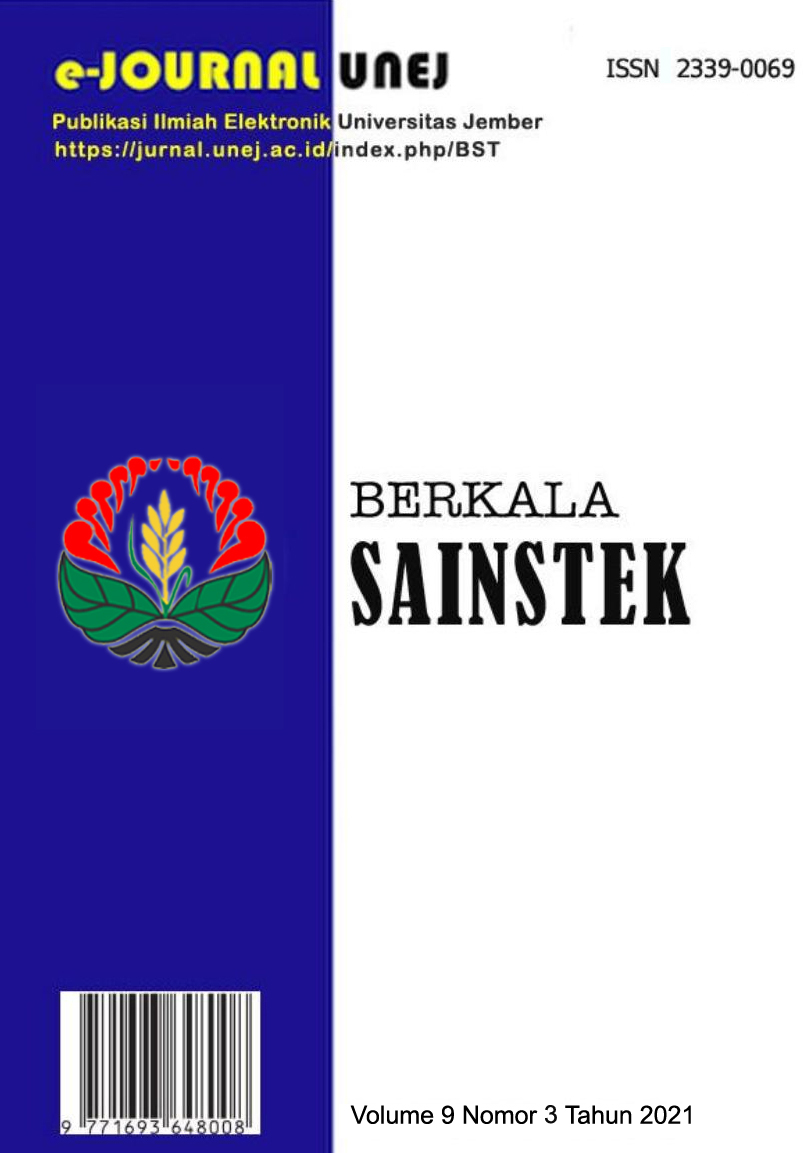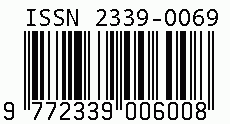The Evaluation of Mechanical Properties of Concrete Due to The Use of Glass Waste as Partial Substitution of Fine Aggregate
DOI:
https://doi.org/10.19184/bst.v9i3.26628Keywords:
Concrete Innovation, Fracture Mode, Glass Waste, Mechanical Properties, WorkabilityAbstract
Increasing human awareness of the importance of protecting the environment and conserving natural resources requires concrete innovation as an environmentally friendly and sustainable material. Accumulated of solid waste begins to be processed and reused, one of which is as a constituent of concrete. Among the various types of solid waste, glass waste is considered as an alternative that can be used as a substitute for fine aggregate (sand), coarse aggregate (split stone) and cement. This study investigated the use of mix coloured glass waste consisting of clear, green, and brown as partial substitution of sand in concrete. Although the glass colors were mixed, the proportion of each color had been determined in this study, namely 25%, 25%, and 50%. The purpose of determining these proportions is to find out which type of color glass has the most effect on concrete mix. The target characteristic strength of 25 MPa was produced by replacing sand with 20% of mix coloured waste glass. Three combinations of concrete mixes were prepared for this study. Compression tests were conducted at 7, 14, and 28 days. Workability of fresh concrete, density, compressive strength, and failure mode were investigated in this study. Results showed that the use of waste glass was able to increase the workability of fresh concrete. K1, K 2, and K3 obtained slump values which were 4%, 6,7%, and 1,3% higher than normal concrete. Normal concrete and all combinations exhibited similar density values. Only normal concrete achieved the characteristic strength of 25,7 MPa at 28 days. Meanwhile K1, K2, and K3 achieved strengths of 22,4 MPa, 22,1 MPa, and 24,7 MPa, respectively. It was evident that as workability values increased, the compressive strengths were noticed to reduce.





